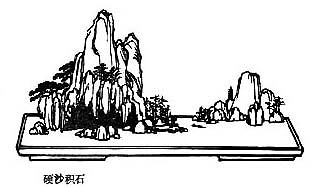Sun Zi 
 – The Art of War
– The Art of War
Chinese strategy explained : know yourself and the ennemy, use deception, spies, and "win with ease". Tr. Giles (en, annotated) and Amiot (fr).
Variation In Tactics
The heading means literally "The Nine Variations," but as Sun Tzu does not appear to enumerate these, and as, indeed, he has already told us (V SS. 6-11) that such deflections from the ordinary course are practically innumerable, we have little option but to follow Wang Hsi, who says that "Nine" stands for an indefinitely large number. "All it means is that in warfare we ought to very our tactics to the utmost degree... I do not know what Ts`ao Kung makes these Nine Variations out to be, but it has been suggested that they are connected with the Nine Situations" - of chapt. XI. This is the view adopted by Chang Yu. The only other alternative is to suppose that something has been lost–a supposition to which the unusual shortness of the chapter lends some weight.

The Art of War – Sun Zi VIII. 25. – Chinese off/on – Français/English
Alias Sun Tzu, Sun Wu, Sun Tse, Sunzi Bingfa, Souen Tseu, Souen Wou, 孫武.
The Book of Odes, The Analects, Great Learning, Doctrine of the Mean, Three-characters book, The Book of Changes, The Way and its Power, 300 Tang Poems, The Art of War, Thirty-Six Strategies
Welcome, help, notes, introduction, table.
Index – Contact – Top
